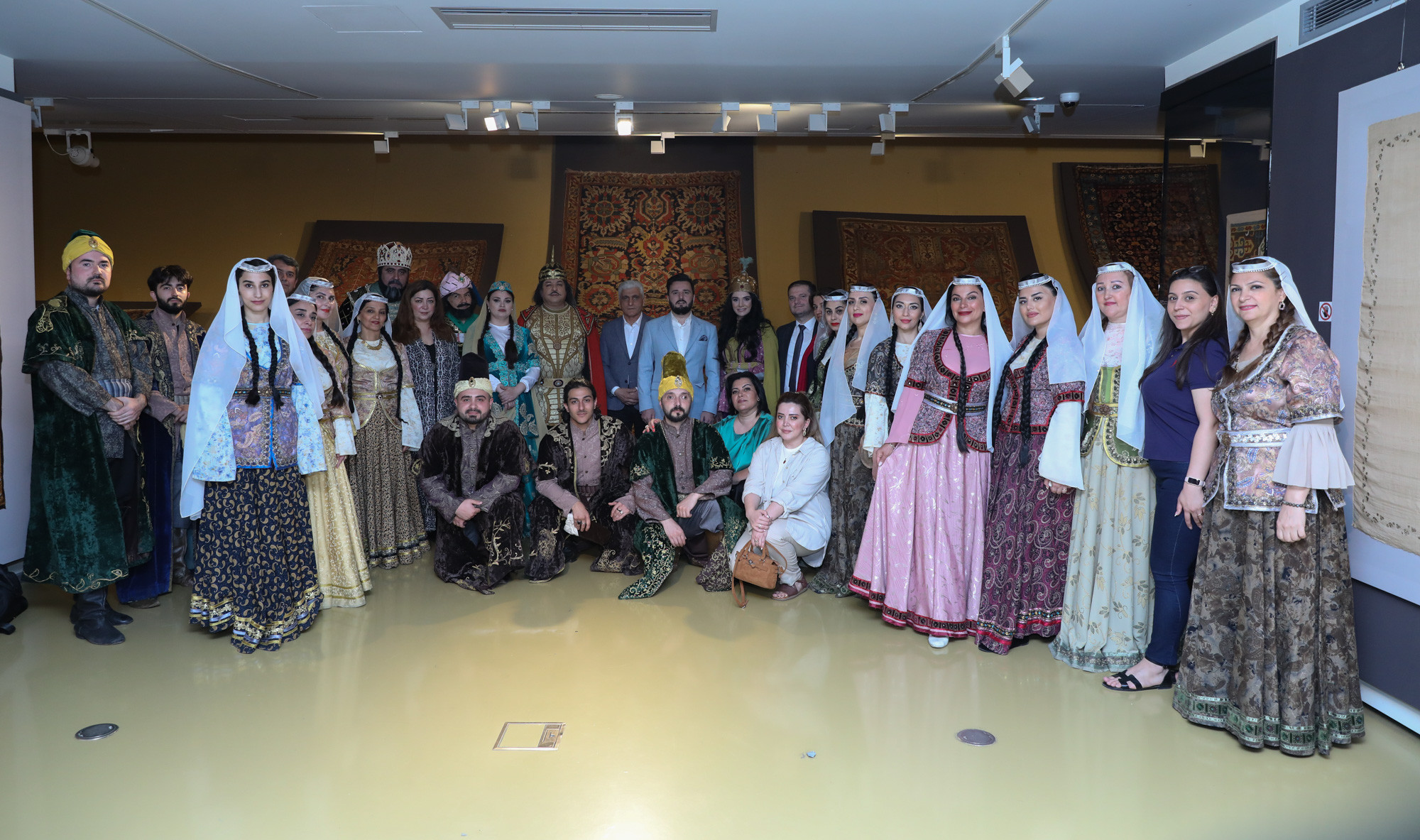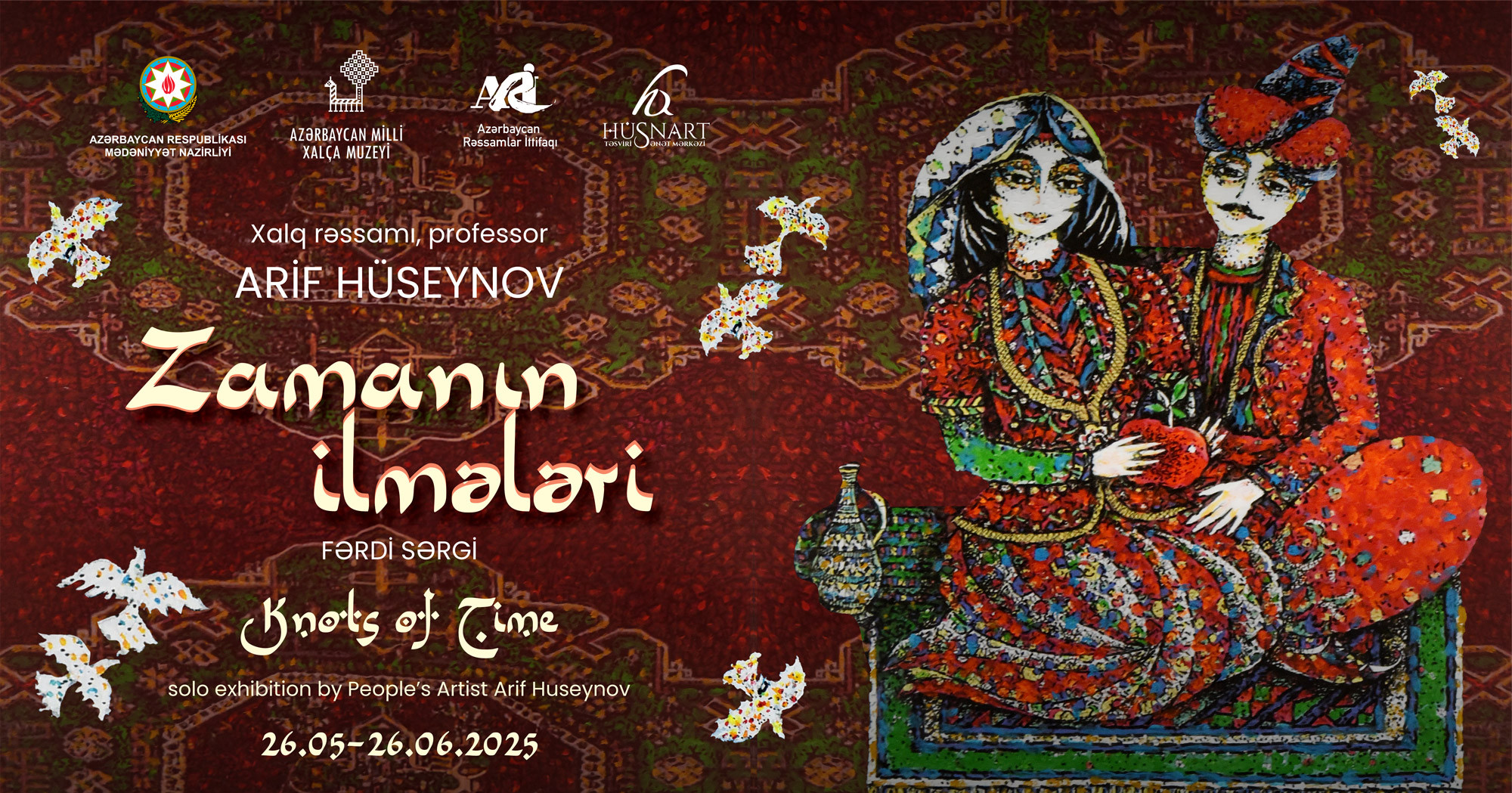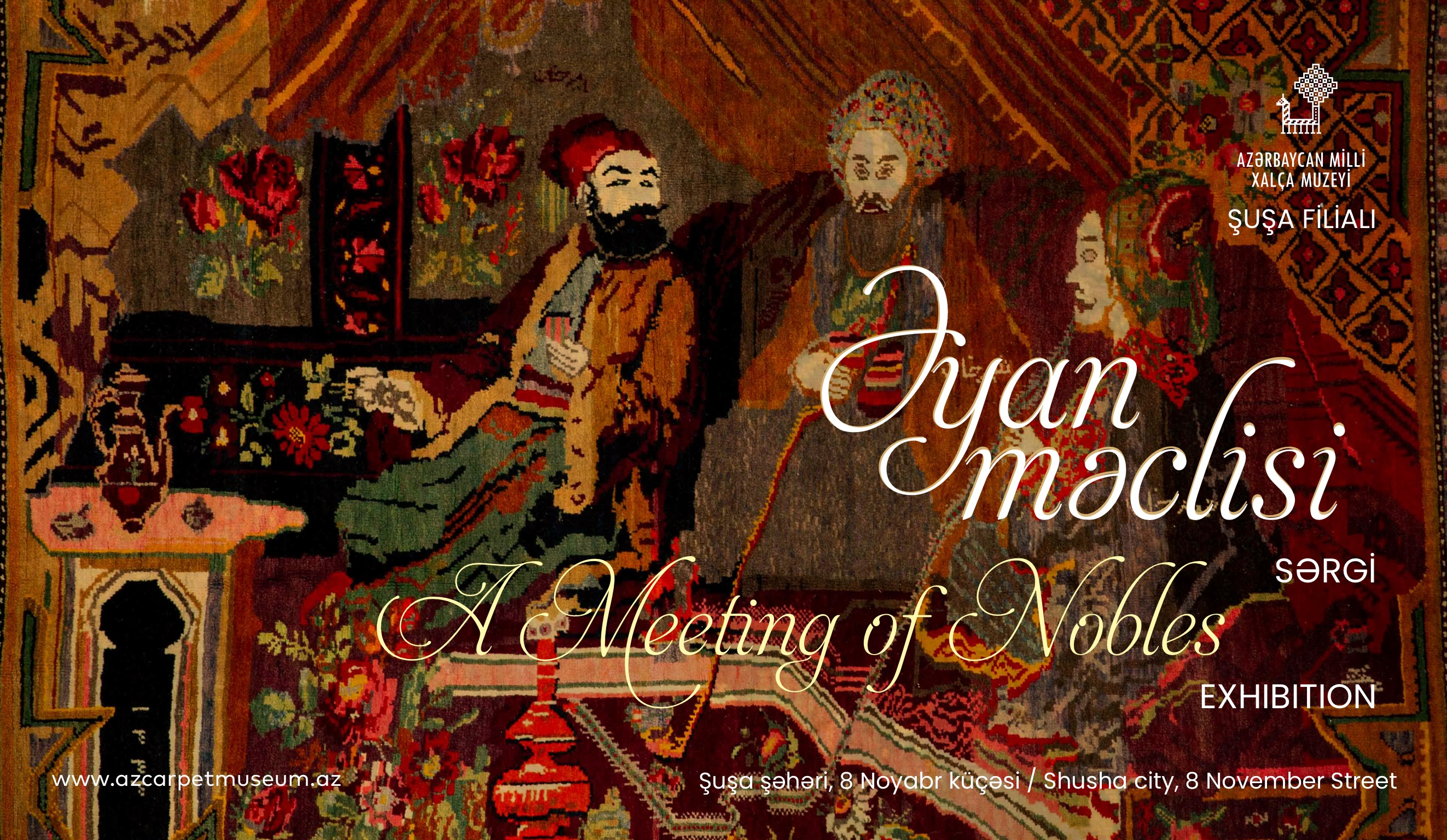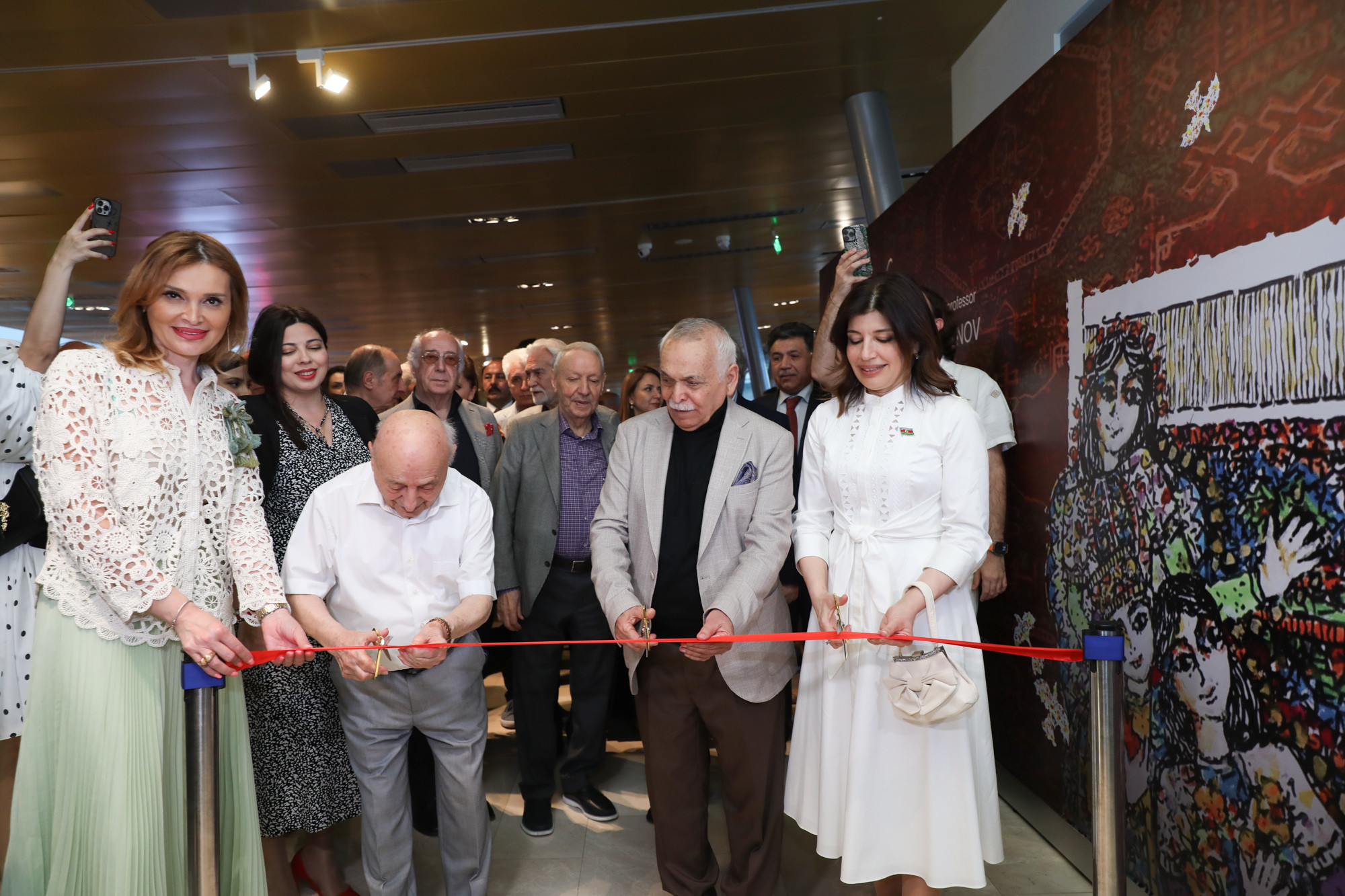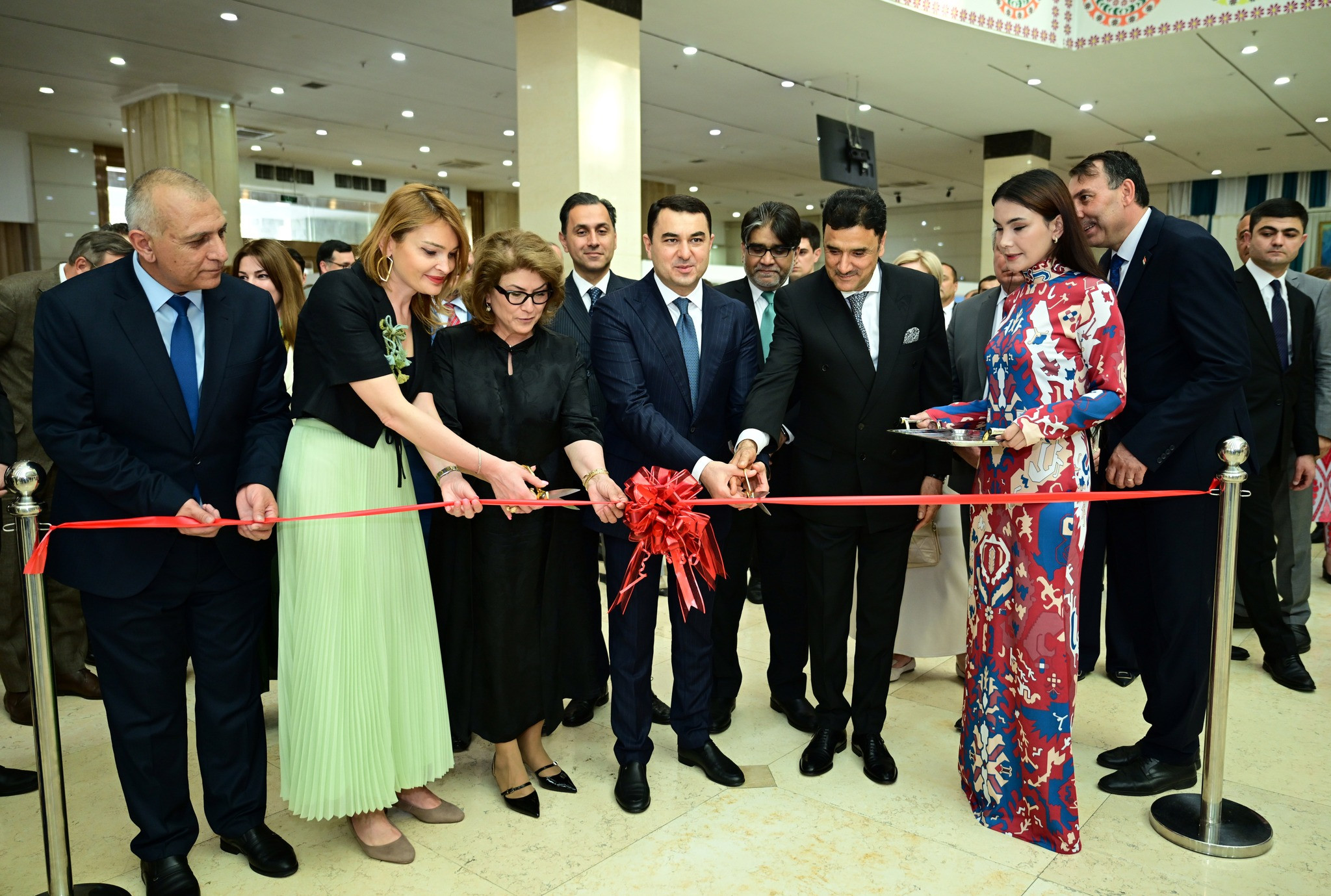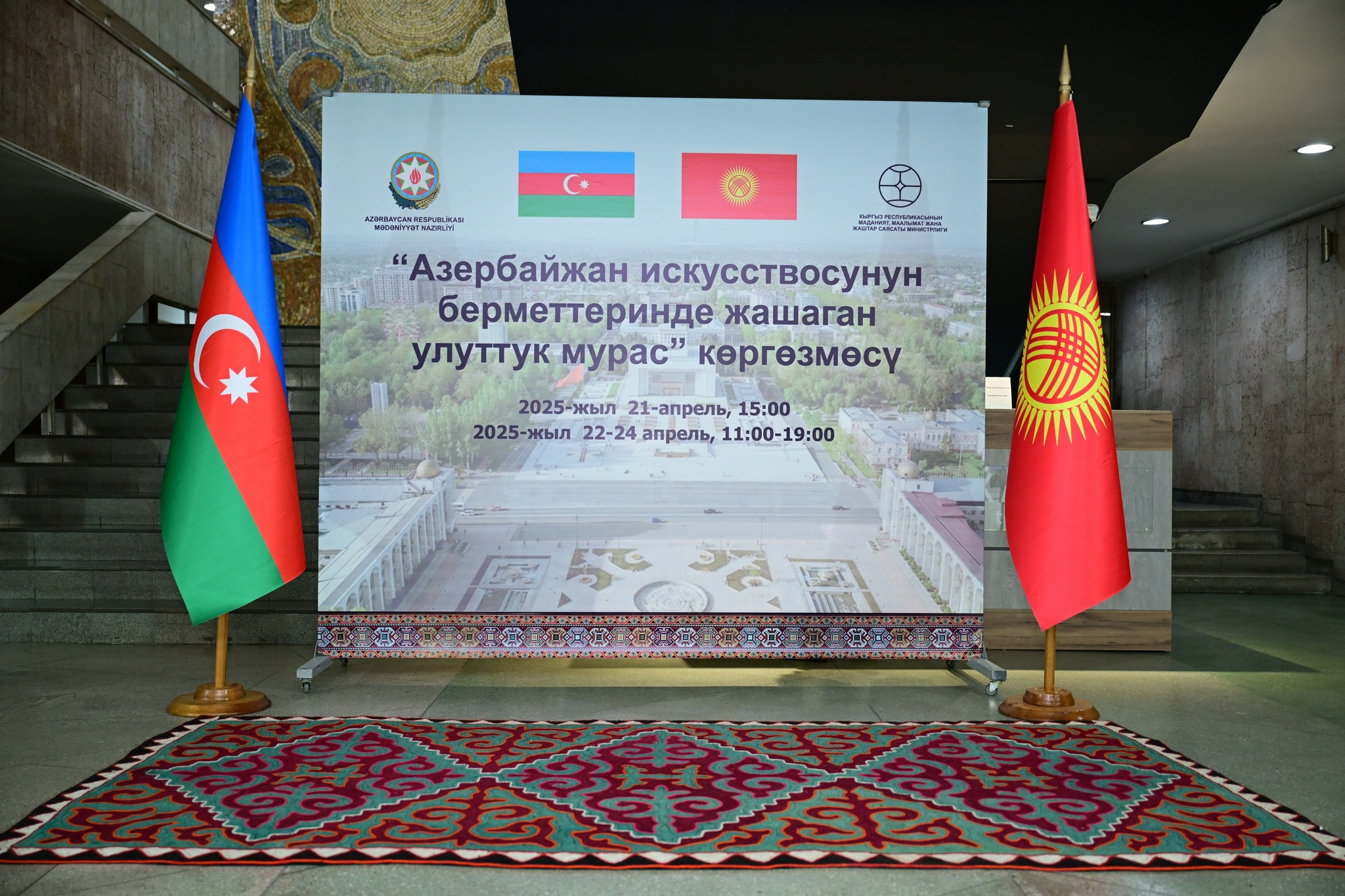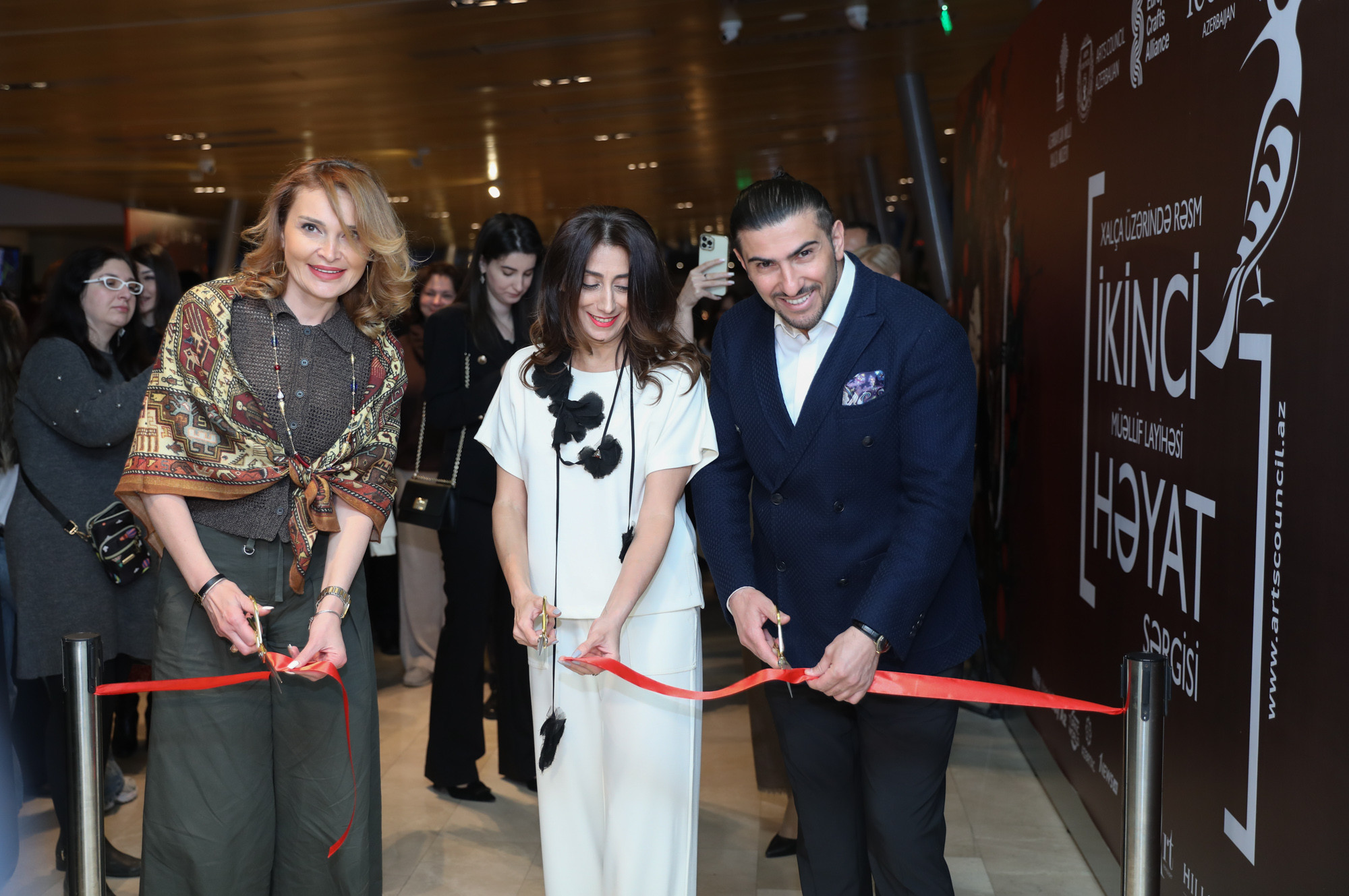Carpet Lamp
This Friday's second exhibit is the carpet Lamp. Read more about this object that occupies a special place in the museum collection.
Carpet Lamp. Tabriz, South Azerbaijan. 19th century. Warp, weft, pile - wool. 260х580 cm. Inv. No. 2516
The 19th-century Lamp carpet (Inv. No. 2516) purchased for the museum in 1974, stands out for its design among the museum collection’s Tabriz carpets. This is one of the carpets woven in carkhana of that period by professional craftsmen, who created the original composition while keeping the Lechek-Turunj design’s general principle. A large central medallion, entirely covered with botanical elements, and a quarter part of which is repeated in the four corners of the carpet field is the basis of the composition. This carpet is characterized by a symmetrical composition. Its symmetry axis, passing through the center along the median field, divides it into equal halves, thus the ornamental motifs of one half are a mirror image of the other. The cartouches (ketebes), which are used as the median field’s main element crown the central medallion from both sides. Cartouches according to the Lechek-Turunj composition are usually arranged between the medallion and gubpa. The central field’s unusually shaped gubpa in mirror symmetry with the images of swan heads at the ends is one of the features of the carpet. The image of birds amongst Turkic people is associated with Umai, guardian of the family hearth and the earthy femininity. The halves of the cartouche and gubpa located along sides of the central field together with the lecheks, supplement and enrich the composition, giving distinctiveness to the carpet field’s longitudinal sides. This carpet is considered to be one of the best Tabriz carpets in the museum collection.
